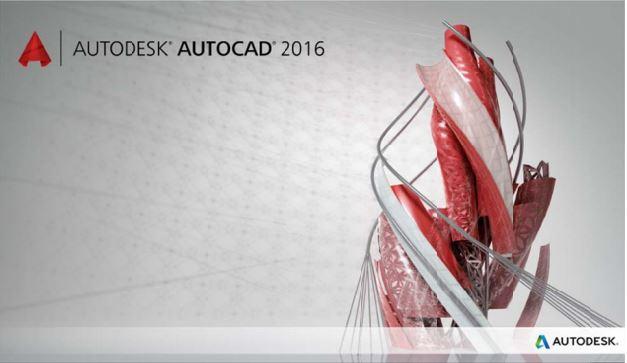
Prior to 2007, drawing in 3D forced the drafter to constantly change the XY plane to draft on a particular face or plane of an object. You had to create a new user coordinate system every time you changed views. This AutoCAD tips and tricks roundup focuses on the Dynamic User Coordinate System (UCS), a feature that automatically creates a temporary XY plane to draw on. Check out these seven videos on AutoCAD UCS.
Dynamic UCS is turned on by clicking on the Allow/Disallow Dynamic UCS button on the status bar (or by pressing F6) and works only with solid modeling. I briefly mentioned Dynamic UCS in an earlier AutoCAD tips and tricks article, but today we’re going to dive into everything you can accomplish with this time-saving input space.
Tip 1. Autodesk’s Shaan Hurley describes the basics of Dynamic UCS and how to set it up to align to faces, use labels, and select several faces or regions and pull them all into shapes for conceptual design.
Tip 2. In this tutorial, Mike Dugan of Teachmeautocad explains the differences between 2D and 3D drafting, what the user coordinate system (UCS) is, and how to switch between the two different types of drafting. He also gives users a tip on how to use absolute values with Dynamic UCS. If you draft only in 2D and the Dynamic UCS icon is kind of a pain for you, he also tells you how to get rid of it.
Tip 3. Hagerman & Company shows how to speed up design using Dynamic UCS to create geometry. The Solid History option allows you to resize options much more quickly, and the Sweep command allows you to essentially extrude from a path in a much faster way.
Tip 4. Autodesk and Cadalyst’s Lynn Allen explains how to use the Dynamic UCS to create polylines with exact, locked angles and gives an introduction to the wonderful world of parametric modeling where dimensions drive geometry.
Tip 5. Significant improvements to the AutoCAD UCS were added in AutoCAD 2012, including the ability to edit UCS directly without using tools. You can also manipulate the coordinate system by moving the UCS origin with grips. Some of these changes work only for flat faces in 2D, but they are applicable to some Dynamic UCS features as well. CAD Accent has more.
Tip 6. David Cohn and Matt Murphy of CADLearning say that many users simply don’t realize that you can toggle between X and Y coordinates using the Tab key while drafting in the Dynamic UCS and use it to directly input your coordinates using a command prompt via the Dynamic Input button on the status bar. With Dynamic Input on, AutoCAD will prompt you directly onside the cursor. When you enter one point, AutoCAD prompts you for the next one next to your cursor and in the command window.
Tip 7. Using the Dynamic UCS, you can create Dynamic Blocks of linear, repeating objects, such as sections of a corrugated metal roof, doors, foundations, brickwork, or other commonly used building objects. This also keeps your block library smaller and more manageable. Infinite Skills shows how to create a metal roof block by using linear parameters and duplicating the block several times. Infinite Skills explains how to use them.
Finally, Mythbusters’ Jamie Hyneman explains to the guys at Tested how he uses CAD and AutoCAD to design and build Mythbusters’ props. This is not a tip or a trick, but an insight into how Mythbusters can quickly design and create using 2D and 3D CAD, particularly for steel design.
Do you have any Dynamic UCS tips and tricks? Please share them below in the comments section.
This article was originally published on Line//Shape//Space, an official Autodesk blog, and is reprinted here with kind permission.

By Jeff Yoders, Line//Shape//Space
About the Author
 Jeff Yoders has covered IT, CAD, and BIM for Building Design + Construction, Structural Engineer, and CE News magazines. Jeff has won six American Society of Business Publications Editors awards and was part of the reporting team for the 2012 Jesse H. Neal Award for best subject-related series of stories.
Jeff Yoders has covered IT, CAD, and BIM for Building Design + Construction, Structural Engineer, and CE News magazines. Jeff has won six American Society of Business Publications Editors awards and was part of the reporting team for the 2012 Jesse H. Neal Award for best subject-related series of stories.

















































